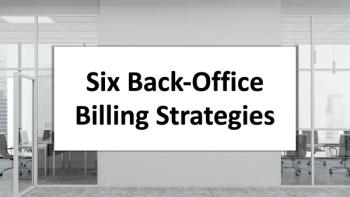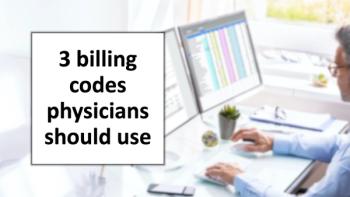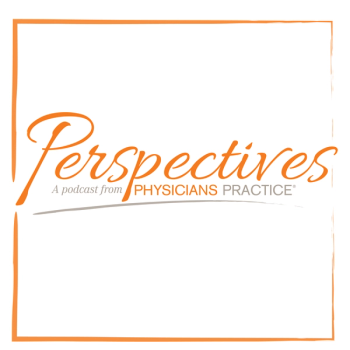
Payment Plans at Your Medical Practice: What Works
It’s no surprise more patients are on payment plans these days, not just with hospitals but medical practices.
Whether it’s because their insurance covers less than it used to or they can’t afford insurance in the first place, many patients at some point in time can’t pay a medical bill in one lump sum.
Still, some payment plans are better than others.
I say this from experience, having been enrolled in multiple payment plans. One local hospital’s plan is great - a certain amount is deducted from my bank account every month, and I have the option of lowering or raising that amount at any time. But other practices I’m working with aren’t so efficient: For one, I had to verbally negotiate them down from what they originally wanted me to pay, sign a payment form and mail it back, and then remember to write and send a check every month.
This raises a question for medical practices: What makes a good payment plan?
Bill Marvin, president and CEO, InstaMed, said a good payment plan allows the physician to collect and securely store the patient’s payment information, and then automate scheduled payments according to the patient’s budget and the physician’s parameters.
“E-mail notifications should also be automated to remind patients of each upcoming payment,” Marvin told Physicians Practice.
However, a lot of physicians still support payment plans by managing a calendar of when each payment is owed and calling patients to collect each payment manually every month.
“This method makes payment less of a burden on patients, but it adds to the physician’s administrative work,” said Marvin. “Plus, it still does not ensure payment for the physician. Whether physicians set up the payment plan while the patient is in the office or after sending the statement, physicians need to securely collect payment information to automatically collect payments when they are due.”
Brian Clubb, senior director of product management at Emdeon, said the ability to secure a payment at the point of service or within the first 30 days of the billing cycle is crucial, and automatic payment plan tools are a great option. Another trend he is seeing is offering a “prompt pay discount” for patients who secure payments in full.
“Prompt pay discounts can accelerate cash flow and reduce downstream cost of collections even more so than a payment plan,” said Clubb.
That said, “one of the key items I would look to in a payment plan is to ‘automate’ it,” said Clubb, noting that there is technology available that removes the need to write card and banking account information on paper and save in a file for future use.
Newsletter
Optimize your practice with the Physicians Practice newsletter, offering management pearls, leadership tips, and business strategies tailored for practice administrators and physicians of any specialty.











